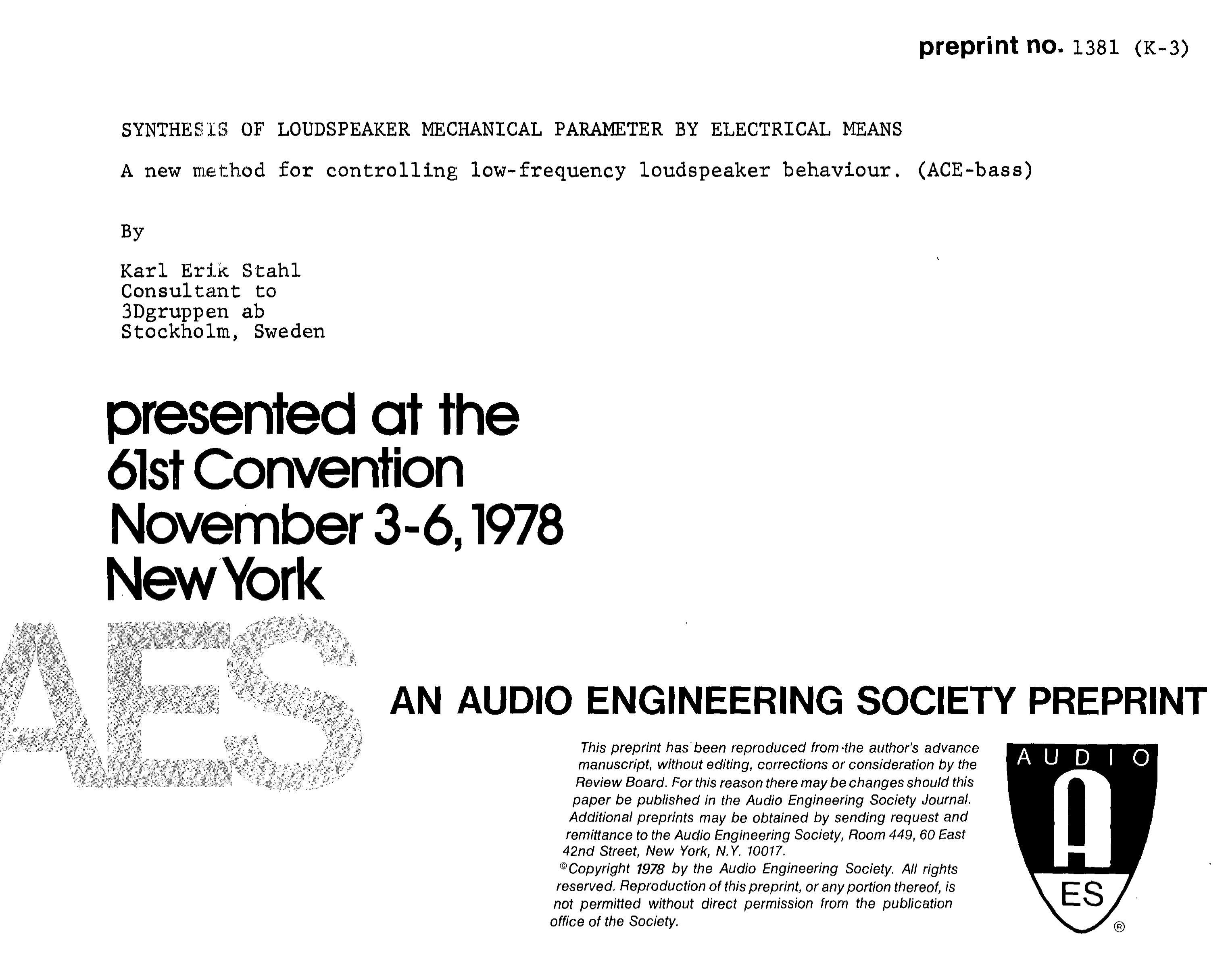A Speaker can be desigend to be current driven or Voltage driven. later one is the standard but in the end the speaker don’t know if its current or voltage driven.
At the speaker terminals you can measure a voltage. If this voltage is played back to the terminals it will Result in the same speaker moment, current and sound as before.
If you Record the Current going in the Speaker and play it back to the terminals it will Result in the same speaker moment, Voltage and sound as before
Very true and I've been stressing this point many times as well. But there's a "got'cha":
The damping of the cone to external excitation (including its own motor distortion products) only depends on the terminal impedance it sees. With current drive, the driver only undergoes mechanical damping. If it's a multi-way the terminal impedances for the drivers will be significantly higher with current drive, resulting in a likewise lack of damping.
I've written about it before, the sum of the driver's DC coil resistance (Rdc) and any external impedance defines the mode of operation of the driver which is what actually happens when you change electrical damping.
Some interesting points in the continuous mode space are:
- Zout (amp output impedance) =
-Rdc. This is full motional feedback, the driver operating in full
velocity control. The VC's "back-EMF" voltage is the sensed quantity.
- Zout = infinite (current source) : This is zero motional feedback, the driver operating in fully force-
steered mode. Note the difference between steering and controlling, only controlling means you monitor the output in some way and correct the signal to expected output.
- Zout = 0 (standard voltage drive) : Reduced motional feedback, hence a mix of a reduced motion control and some plain force injection.
Zout = 0 is a arbitrary choice from the driver's view. It's more meaningful to look at the required terminal impedance to achieve a Bessel or Butterworth target of the cone excursion function, a low-pass. We want a step response that is as fast as possible but does not overshoot or even ring, this will give us the cleanest recovery behavior from excursion errors. Depending on the driver and cabinet size, this "best candidate" damping resistance might result in a high positive Zout (for Qts=0.2 variety of drivers) or a negative one (for very weak magnets), and when you're just lucky with zero even.
Negative output impedances are problematic in practice for number of a reasons I could explain, bottom line is you should no go below -Rdc/2 and best avoid it altogether (exceptions nonwithstanding).
Higher up in frequency high drive impedance almost always gives better results so the basic output impedance profile is pretty much set: Make it as high as you can afford by your enclosure type and design, without under-damping the driver. For many drivers in reasonable cabinets, Zout=0 around resonance is already close to ideal as that is what the drivers have been designed for in the first place.


